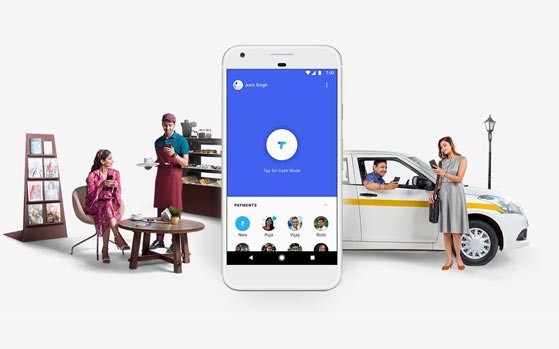 INTERNET GIANT Google’s Reader is no more, with the firm having closed the doors on its popular RSS news reader on Monday.
INTERNET GIANT Google’s Reader is no more, with the firm having closed the doors on its popular RSS news reader on Monday.
We know, it’s a tough day for all of us. As of today, 1 July, Google Reader has gone the way of services such as Google’s Buzz and SMS services, and is no longer operating.
“We launched Google Reader in an effort to make it easy for people to discover and keep tabs on their favorite website, While the product has a loyal following, over the years usage has declined.”
Fortunately, there’s an afterlife. Google has made it easy to move your list of sites you follow, known as feeds, to another service. And many of those rival services have made it easy to accept those feeds, especially after Google said in March that it would retire Reader.
Alternatives to Google Reader
RSS feeds – for really simple syndication – used to be a popular way to keep track of multiple websites without having to visit each and every one. Content comes to you, through readers such as Google Reader. More recently, though, Twitter and Facebook have performed a similar role in discovering content.
Feedly – Feedly excels in highlighting the most popular items from all your feeds, based on sharing and other interactions on Feedly and elsewhere. Simply visit a page called “Today.” Under the default layout, you see headlines and the first sentence or two of each item. You can click on any item for more.
You can also share the item on a number of social networking sites. That freedom isn’t available on Reader, which confines sharing to Google’s own Plus service.
The Old Reader – For those users seeking just the basics, The Old Reader is a strong choice. Designed to look very similar to Google Reader, The Old Reader is simple and easy to use. Importing and adding feeds is easy, but it seems sharing is limited to the service. So, it’s tough to directly share to social networks. But for users who want feeds on the go, Old Reader will work with the iOS app Feeddler.
Flipboard – The mobile app for iOS and Android opts for a more visual approach to story syndication, presenting feeds in a magazine-style format. Along with RSS feeds, users can add updates from social networks such as Facebook, Twitter and Tumblr, “flipping” pages with simple swipes on the touchscreen. Similar to note taking app Evernote, Flipboard allows users to clip content from the Web to display in a digital magazine for their mobile devices. The big drawback to Flipboard is users can’t read their feeds on a desktop or laptop. It’s for smartphones and tablets only.
AOL Reader One of two new entrants into the RSS reader market, AOL Reader has promise. Several views are available, from a traditional list to a pane view similar to the Microsoft Outlook email client. Users can share stories to Facebook, Twitter, Google+ and LinkedIn, as well as star items for later reading. However, I couldn’t find any options for saving to offline services such as Pocket. Also, feeds didn’t seem to update as quickly as other options, but that should improve over time. A native Android and iOS app is coming soon, the reader still functions nicely on a mobile browser. Among other options AOL plans to add soon: Search, Notifications and sharing with other AOL Reader users.
Digg Reader – The newest RSS reader from Digg is a clean, simple choice. Sharing is limited to Twitter and Facebook, but users can set up connections to Pocket, Instapaper or Readability to view content later. Users can “Digg” stories, which bolsters a cool Popular section that breaks down the most popular stories appearing on your RSS. There are some important functions missing, such as “Mark as Unread” and “View Unread Items Only” options, but Digg says they plan to add those features quickly.
![]()



